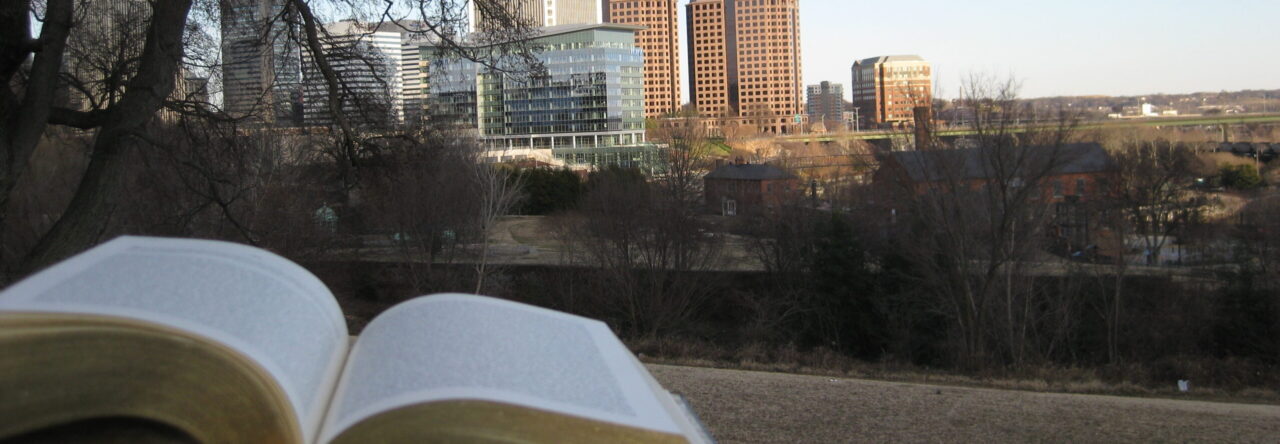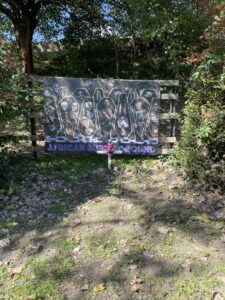We went back and looked at the assignment instructions for the annotated bibliography. We talked about the goals on the instructions and what we learned about the research process. Things we mentioned included finding sources in the library and finding them in library databases.
We also talked about the takeaways from Nick Dease’s library session. For example, Brice said that he liked that we could narrow searches to find what we need.
In terms of exploring curiosities, Julia said she didn’t know a specific question, but that she found certain topics interesting like annexation, which later helped her develop a question.
We talked about scholarly conversation. Mitch said that scholars can build a net of knowledge by collaborating with one another. Professor Dolson talked about tenure in universities (allows you stay at a certain university as a professor), and how it takes a lot work to get it. Professor Dolson herself does not have one; she helps run the Bonners Scholars program and does publish things but not as much as other professors. Wesley told us about a program Professor Dolson works with that helps people get driving lessons for transportation to jobs. We talked about volunteering and how it helps make people happy. All these professors are the ones writing these scholarly articles, all while teaching too.
Professor Dolson encourages us to track information during research and is setting us up to learn about Zotero. We should explore curiosities and evaluating, not necessarily looking at the first result on Google. We can have References or Annotated Bibliography as the title of our annotated bibliography. The first paragraph is mostly summary. There are also instructions to write evaluations on this website: https://www.bibliography.com/chicago/chicago-annotated-bibliography-entries/
Next, we looked through the rubric and partnered up and tried to score each others’ annotated bibliographies. We also asked questions afterwards. For formatting, we can look at the example on the above website. As a class, we are agreeing to use the example with red text. Do two paragraphs instead of one, with no line between paragraphs. Put your name on it somewhere, it doesn’t matter where. The content matters more than formatting in the rubric. For the analysis, we can comment on how the source is useful and why it’s interesting to you. Using “I” is fine because it’s informal; it’s a tool for us so we are the audience. But if it was to be published, then it might be more formal.
Professor Dolson talked about the Rhetorical Triangle. It helps with learning how to communicate with rhetoric, like with a rhetorical analysis. Imagine a triangle. One node is the person giving the message, the second is the one receiving the message, the third one is the purpose. Sometimes the audience can be the self, which we overlook.
More questions and answers followed. There is no length requirement, only the two paragraphs for each entry. Double spacing is preferred. We can include link to library source or author name if the source is a physical one. When separating entries, you should have the indent of the author separating each one. We should summarize both the author and source; also talk about what the source is and how might the source be used. Nick Dease’s PowerPoint is available in last class’s notes on the blog.
We don’t have class on Tuesday, but we have a field trip to a burial ground on Thursday. We’re meeting at the transportation hub at THC by 11:45. More information will come via email. The week after, we’re going to do a draft workshop for our midterm portfolio. For the portfolio, we’re just reading over our work so far this semester. We can do any work we haven’t done yet to prep for this. We will also be doing a personal storytelling project, which will help prepare us for our spring project at the detention center. Our analysis essay on Writing Our Way Out will most likely be due around the end of October, which we might have a workshop on again.

